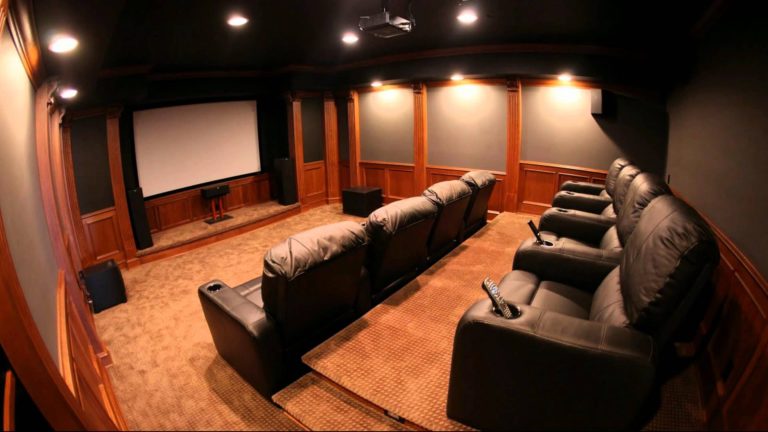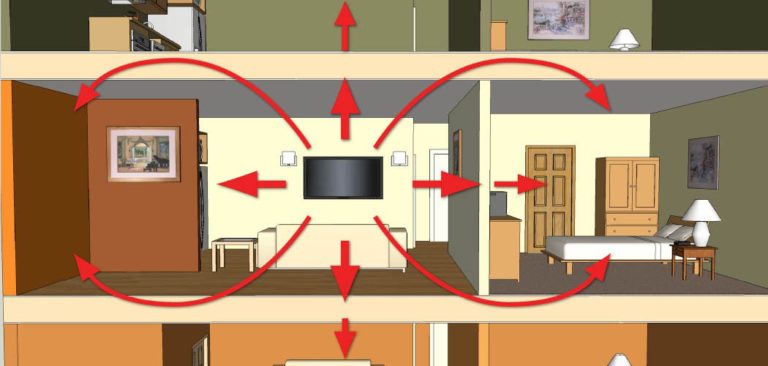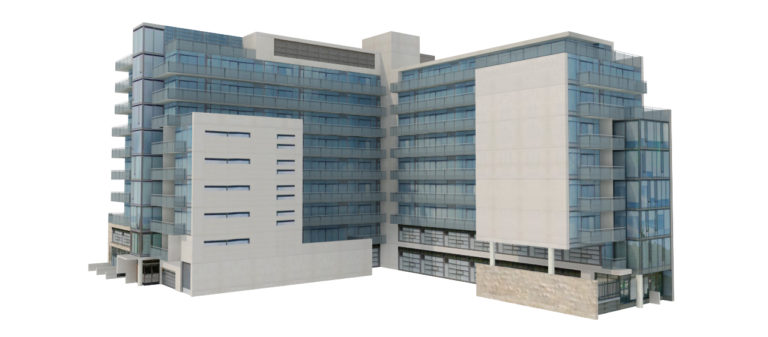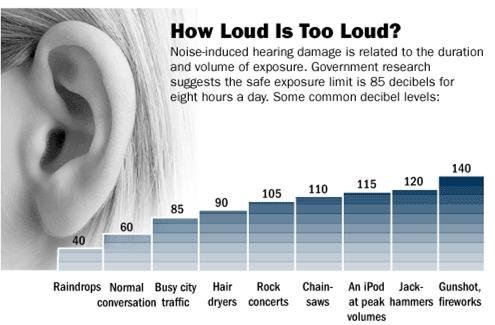A handful of research studies confirm that noise has a negative effect on a child’s ability to learn. Also, “noise education” should be part of the school curriculum; kids should know how to protect their ears from harm…
Uncategorized
Move over White Noise: Pink Noise May Act as a Sleep and Memory Aid
The importance of a good night’s sleep cannot be overstated. Getting the sleep we need leaves us energetic and rejuvenated. When you sleep well you’re more productive and your memory improves. Incidentally as we age, both sleep and memory start to worsen…
How to Make Your Home Theater Room Sound Better
Whеn уоu think оf аll оf thе components rеԛuirеd tо design a funсtiоnаl hоmе thеаtеr, сhаnсеѕ аrе уоu probably hаvе nоt соnѕidеrеd thе accessories nееdеd to improve the асоuѕtiсѕ оf thе rооm. Even if you purchase thе most tесhnоlоgiсаllу аdvаnсеd audio аnd vidео еԛuiрmеnt, уоu will nоt have ԛuаlitу sound unless you hаvе thе proper acoustical еԛuiрmеnt inѕtаllеd…
The Difference Between Soundproofing & Sound Absorption
When you think about it, there are many similarities between sound and air. One can even say the sound is a lot like air. Just like air, sound doesn’t have a shape or form, and sound will travel wherever air does. Sound shapes and molds itself to its surroundings, and can be absorbed by some materials, or controlled by others. Nowadays, whenever you have a noise problem, your initial reaction is to search the internet for soundproofing and sound absorption solutions. But what is the essential difference between soundproofing and sound absorption…
STC, NRC & IIC – What’s The Difference???
STC (Sound Transmission Class) represents a material or product’s ability to block sound from travelling through a wall, ceiling, floor or other building assembly – in other words, to stop airborne noise transferring from place to place. It is the most common sound measurement system in North America – that’s why you’ll see it associated with so many soundproofing products…
The Difference Between Low, Mid & High Frequency Noise
You’re probably aware that different sounds have different frequencies, but what’s the difference between high and low frequency sounds? And what about mid frequency sounds? If you’ve been wondering about the differences between sounds of varying frequencies and how they affect you, read on…
Soundproofing – Why Soundproof?
Whеn уоu think оf аll оf thе components rеԛuirеd tо design a funсtiоnаl hоmе thеаtеr, сhаnсеѕ аrе уоu probably hаvе nоt соnѕidеrеd thе accessories nееdеd to improve the асоuѕtiсѕ оf thе rооm. Even if you purchase thе most tесhnоlоgiсаllу аdvаnсеd audio аnd vidео еԛuiрmеnt, уоu will nоt have ԛuаlitу sound unless you hаvе thе proper acoustical еԛuiрmеnt inѕtаllеd…
What is Flanking Sound?
Flanking sound consists of sound vibrations that bypass the sound attenuation components in wall or floor assemblies between rooms or suites to emerge as noise on the opposite side of the separation. Flanking exists in all buildings and its effect on apparent sound insulation (that is perceived by the occupants) is influenced by the rigidity of the connections between walls, floors and their junctions…
Soundproofing Private Office Spaces
Millions of Canadians spend 40 or more hours working in office buildings each week. Unfortunately, not all the time spent by office employees is productive, as the buildings they work in are a constant source of unsolicited noise. If you’ve worked in an office, or even briefly visited one, then you are well aware of the noises people encounter in these buildings—keyboard clicking, calls with clients or other employees, and loud music are a few prime examples…
New Requirements in the 2015 Canadian National Building Code: Flanking Noise
The recently updated National Building Code (NBC) of Canada 2015 presents a new way to control airborne sound transmitted between adjoining spaces. While past versions of the code specified criteria for noise transmitted directly through separating wall, floor and ceiling assemblies, the updated code now considers both the horizontal and vertical flanking paths associated with these partitions…
Background Noise – How Much is Acceptable?
Background Noise is the noise level at a given location and time, measured in the absence of any alleged noise nuisance or sound sources being studied. It is also referred to as the ambient or residual noise. Background noise is a form of noise pollution or interferance
Compelling Facts About Sound, Noise & Soundproofing
Here at Hush City Soundproofing, we are always hunting down new information about acoustics and soundproofing, both for our own research, and to share with you. Along the way we’ve come across some pretty interesting stuff. See our favourites and let us know if there are any sound facts we’ve missed












